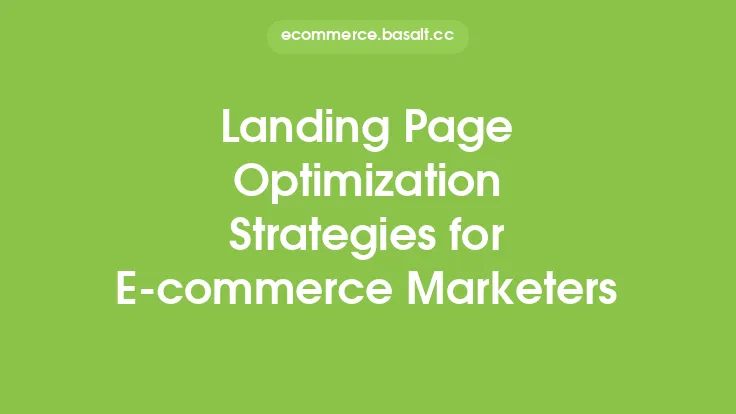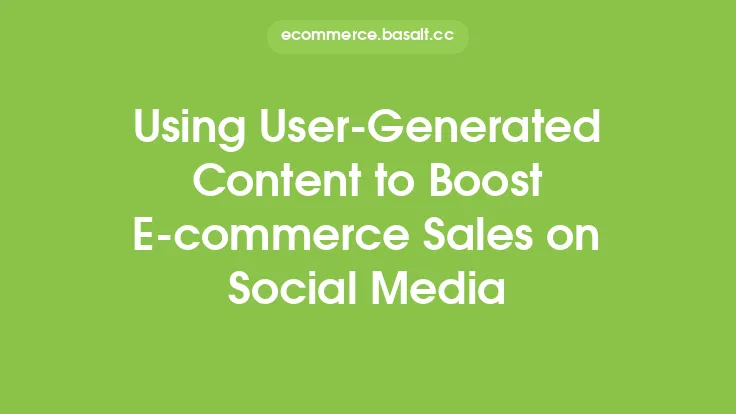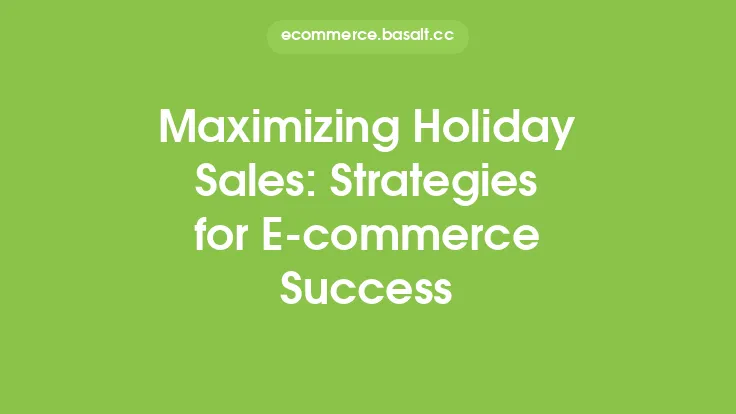When it comes to e-commerce, having a well-designed landing page is crucial for converting visitors into customers. A landing page is a standalone web page that a visitor arrives at after clicking on an advertisement, email link, or other online promotion. Its primary purpose is to persuade the visitor to take a specific action, such as making a purchase, signing up for a newsletter, or downloading an e-book. In this article, we will explore the importance of landing page optimization and provide strategies to boost e-commerce sales.
Understanding Landing Page Optimization
Landing page optimization is the process of improving the design, content, and functionality of a landing page to increase its conversion rate. A conversion rate is the percentage of visitors who complete a desired action on a landing page. The goal of landing page optimization is to create a seamless and engaging user experience that encourages visitors to take the desired action. This can be achieved by understanding the target audience, identifying the unique value proposition, and creating a clear and compelling message.
Key Elements of a Landing Page
A well-designed landing page should have several key elements that work together to persuade visitors to take action. These elements include:
- A clear and concise headline that communicates the unique value proposition
- A compelling and relevant image or video that supports the message
- A brief and persuasive description of the product or service
- A prominent and visible call-to-action (CTA) button that encourages visitors to take action
- A trust badge or social proof that establishes credibility and trust
- A simple and easy-to-use form that collects visitor information
Strategies for Landing Page Optimization
There are several strategies that can be used to optimize a landing page and boost e-commerce sales. These include:
- Segmentation and targeting: Create separate landing pages for different audience segments to increase relevance and engagement
- Personalization: Use visitor data and behavior to create personalized messages and offers
- Simplification: Remove distractions and simplify the design to focus attention on the CTA
- Social proof: Use customer testimonials, reviews, and ratings to establish credibility and trust
- Urgency: Create a sense of urgency by using limited-time offers, scarcity, or deadlines
- Mobile optimization: Ensure that the landing page is optimized for mobile devices to cater to the growing number of mobile shoppers
Best Practices for Landing Page Design
When it comes to landing page design, there are several best practices that can help increase conversions. These include:
- Use a clear and simple layout: Avoid clutter and use a simple layout that focuses attention on the CTA
- Use high-quality images: Use high-quality images that are relevant to the product or service
- Use a prominent CTA: Use a prominent and visible CTA button that encourages visitors to take action
- Use trust badges: Use trust badges and social proof to establish credibility and trust
- Use a simple form: Use a simple and easy-to-use form that collects visitor information
Measuring and Analyzing Landing Page Performance
To optimize a landing page, it's essential to measure and analyze its performance. This can be done using metrics such as:
- Conversion rate: The percentage of visitors who complete a desired action
- Click-through rate: The percentage of visitors who click on the CTA
- Bounce rate: The percentage of visitors who leave the landing page without taking action
- Average order value: The average value of each order
- Return on ad spend: The revenue generated by each ad campaign
Common Landing Page Mistakes to Avoid
There are several common landing page mistakes that can decrease conversions and hurt e-commerce sales. These include:
- Poor design: A poorly designed landing page that is cluttered, confusing, or difficult to navigate
- Lack of clarity: A lack of clarity in the message, headline, or CTA
- Too many distractions: Too many distractions, such as multiple CTAs, navigation menus, or irrelevant images
- Poor mobile optimization: A landing page that is not optimized for mobile devices
- Lack of social proof: A lack of social proof, such as customer testimonials or reviews
Conclusion
Landing page optimization is a crucial aspect of e-commerce marketing that can help boost sales and increase conversions. By understanding the key elements of a landing page, using strategies such as segmentation and targeting, and following best practices for design, businesses can create effective landing pages that persuade visitors to take action. By measuring and analyzing landing page performance, businesses can identify areas for improvement and make data-driven decisions to optimize their landing pages. By avoiding common landing page mistakes, businesses can create landing pages that are effective, engaging, and profitable.





